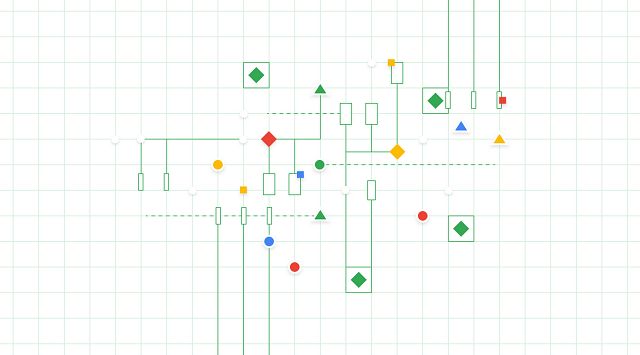Google Updates Google Sheets by Bringing in Macros to the Sheet
As with all Google products, at some point or the other, they all undergo some updates, it’s no different for Google sheets too. One of the major updates to Google sheets will be the addition of macros, which many are relieved to see on the Google platform. Who’s to say this won’t bring Microsoft excel users to Google sheets. Adding macros to Google sheets will give those hard core users of spreadsheets a much needed break as they won’t have to do the same thing over and over again.Being a part of every other major suite out there, macros was sorely missing out in Google sheets. This addition to Google’s sheets will be a big thumbs up in their favor. With this Google sheets update, users will be able to finally record macros. Doing the same thing over and over again is boring and not to mention time consuming and with the advent of computers we thought we could put all that in the past but for a long time not having Macros in Google sheets seemed that we were still in that past.
Adding Macros to Google sheets:
Adding Macros to Google sheets may be the most useful update to Google Sheets in a long long time. Now you will be able to see a new “record Macros” feature present in the tool bar that does exactly what you hope it would do- to stop you from having to repeat instructions again and again.
All you have to do is start your recording, go through your steps and when it is all done sit back and relax and by that I mean start the whole process again by simply running macros again.
The future is here with Google sheets at last. Now you needn’t spend more time on formatting and reformatting the same spreadsheet again and again or until you pull out all the hair on your head.
Going further, Google sheets even converts your macros into Apps script code, so if you are so inclined to make any changes you can always edit that app script.
Adding other features to Google Sheets:
Macros is not the only new feature to be added on to Google sheets. You can now also add page breaks to demarcate the pages you want to print, customize page sizes, the option to convert a cell into a check box list, there are also new options for row and column grouping and you can now even group data according to time frame like by week, month or year.
Google is even adding artificial intelligence to Google sheets. Google has even added intelligent pivot tables in their Google sheets which will help in analyzing and helping the user in getting more insights into their data irrespective of their skills in data analytics.
With “Explore” found in Google sheets, you will now be able to decipher the data on spreadsheets more easily than ever before. This feature uses machine intelligence to do that.








